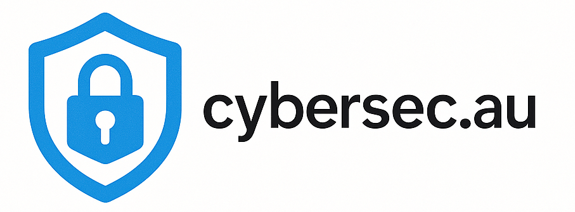Security awareness training is an educational program designed to help employees understand cybersecurity risks and develop skills to protect themselves and their organization from cyber threats. For Australian businesses, security awareness training is essential for building a human firewall against increasingly sophisticated social engineering attacks.
🎓 Key Training Benefits
- Reduces successful phishing attacks by up to 70%
- Creates security-conscious organizational culture
- Supports compliance with Australian cybersecurity frameworks
- Empowers employees to become security advocates
Why Security Awareness Training Matters
Human Factor in Cybersecurity
Employees represent both the greatest vulnerability and strongest defense:
- 95% of successful attacks involve human error or social engineering
- Phishing attacks target employees as the weakest link
- Insider threats can be mitigated through proper training
- Security culture creates organization-wide protection
Australian Threat Landscape
Specific threats targeting Australian employees:
- Business Email Compromise (BEC): $142 million lost in 2024
- CEO fraud: Impersonation of executives for financial fraud
- Tax season scams: ATO impersonation attacks
- COVID-related scams: Health department impersonation
Core Training Components
Phishing Recognition and Response
Essential skills for identifying and handling phishing attempts:
- Email analysis: Identifying suspicious sender addresses
- Link verification: Checking URLs before clicking
- Attachment safety: Safe handling of email attachments
- Reporting procedures: How to report suspected phishing
Password Security
Best practices for password creation and management:
- Strong passwords: Creating complex, unique passwords
- Password managers: Using tools to manage passwords securely
- Multi-factor authentication: Understanding and using MFA
- Account security: Recognizing account compromise signs
Social Engineering Awareness
Understanding and defending against social engineering tactics:
- Pretexting: Recognizing fabricated scenarios
- Baiting: Avoiding malicious offers and downloads
- Quid pro quo: Identifying fake service offers
- Authority impersonation: Verifying requests from authority figures
Physical Security
Protecting physical assets and information:
- Clean desk policy: Securing sensitive documents
- Device security: Protecting laptops and mobile devices
- Visitor management: Handling unknown individuals in the workplace
- Tailgating prevention: Controlling physical access
Training Delivery Methods
Computer-Based Training (CBT)
Advantages:
- Self-paced learning for employees
- Consistent content delivery
- Automated tracking and reporting
- Cost-effective for large organizations
Best for: Foundational security knowledge and compliance training
Simulated Phishing Campaigns
Advantages:
- Real-world testing of employee responses
- Immediate feedback and learning opportunities
- Measurable improvement tracking
- Identifies high-risk individuals for additional training
Best for: Practical application of phishing recognition skills
Interactive Workshops
Advantages:
- Engaging, hands-on learning experience
- Opportunity for questions and discussion
- Team building and culture development
- Customized content for specific roles
Best for: Leadership teams and high-risk roles
Microlearning
Advantages:
- Short, focused learning sessions
- Higher retention and engagement
- Easy integration into daily workflows
- Regular reinforcement of key concepts
Best for: Ongoing reinforcement and skill maintenance
Measuring Training Effectiveness
Key Performance Indicators
- Phishing click rates: Percentage of employees clicking malicious links
- Reporting rates: Percentage of employees reporting suspicious emails
- Training completion: Percentage completing required training
- Knowledge retention: Test scores and assessment results
- Behavioral change: Observable changes in security behavior
Continuous Improvement
- Regular assessment: Quarterly or semi-annual testing
- Content updates: Keep training current with emerging threats
- Feedback collection: Gather employee feedback on training effectiveness
- Trend analysis: Track improvement over time
Working with Training Providers
Many Australian businesses partner with cybersecurity MSPs for comprehensive security awareness training. Leading providers like Affinity MSP offer training services including:
- Customized training programs for Australian businesses
- Simulated phishing campaigns and testing
- Interactive workshops and presentations
- Compliance training for regulatory requirements
- Ongoing support and program management
Build Your Human Firewall
Effective security awareness training requires expertise in adult learning and current threat landscape. Partner with Australia's cybersecurity specialists for comprehensive training programs.
Get Free Security Scan